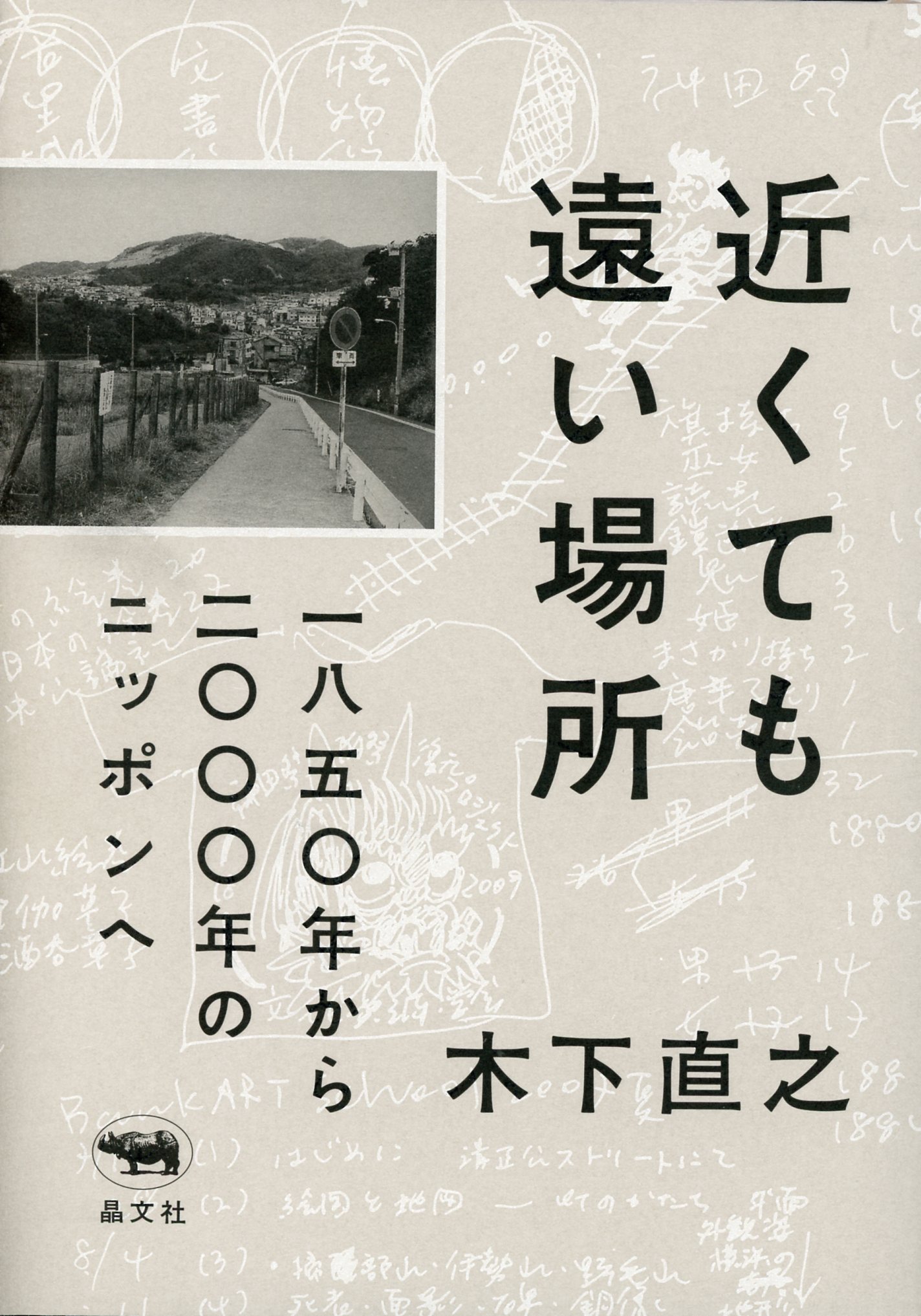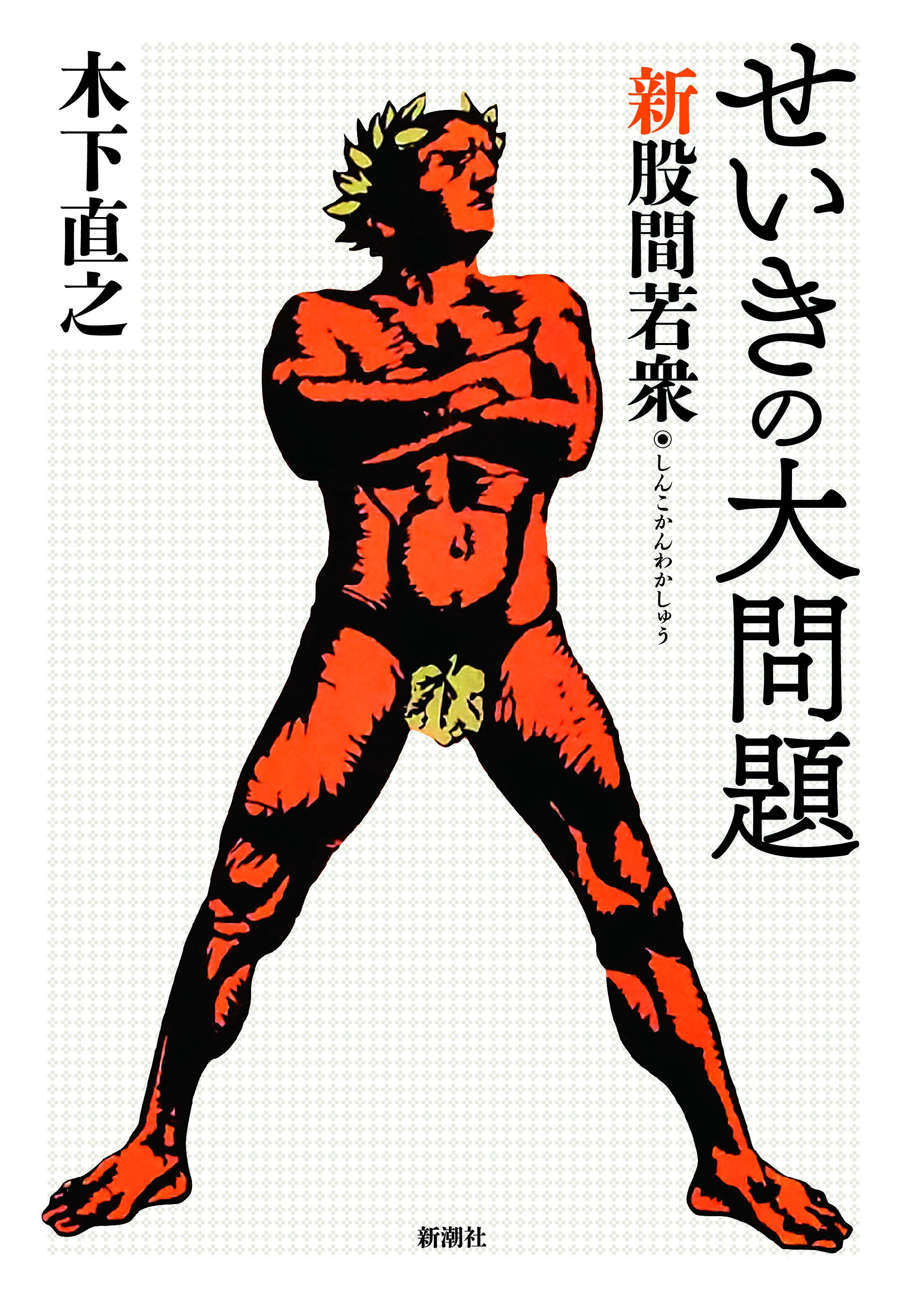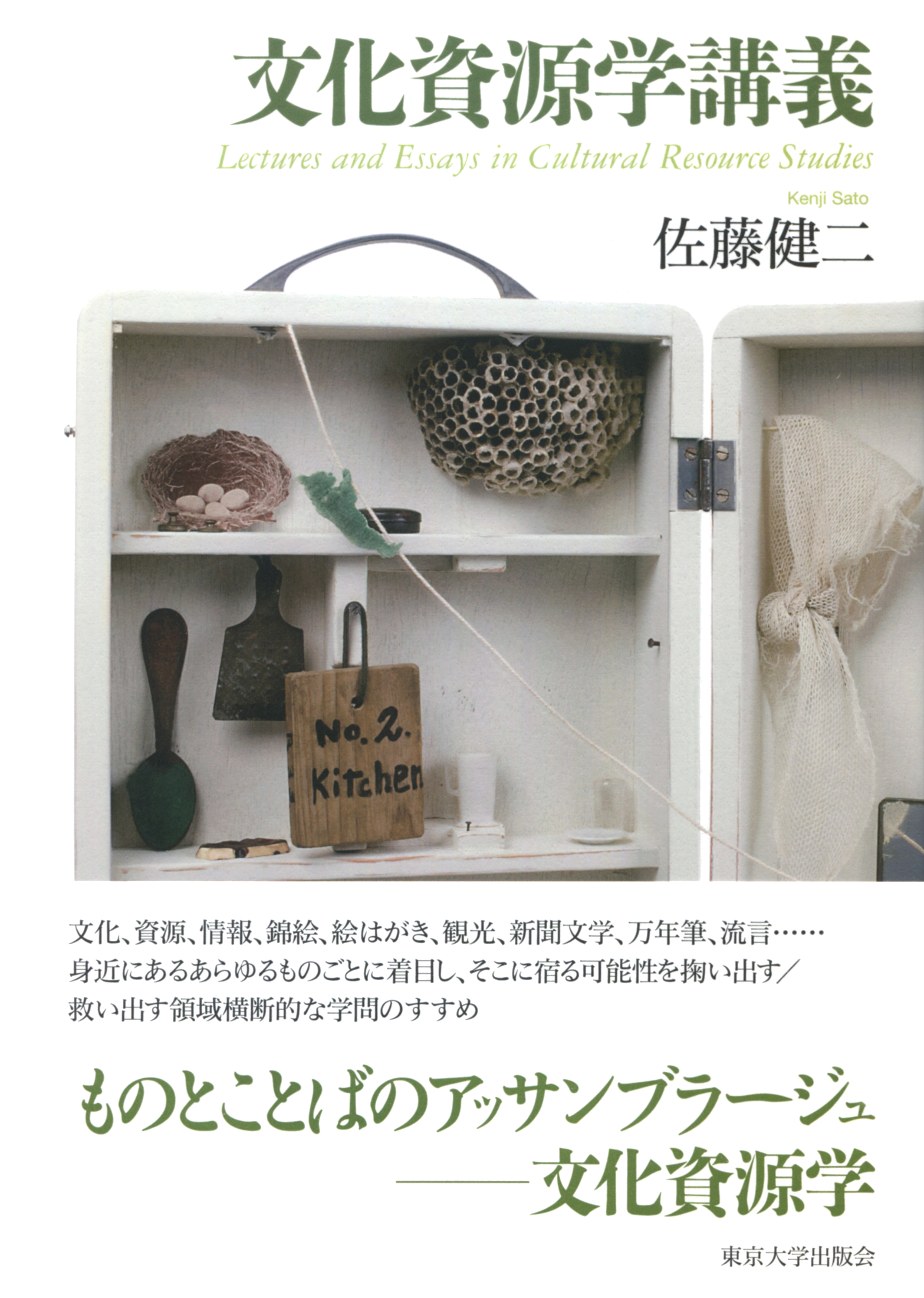
Title
Chikaku-temo Tooi-Basho (Close Yet Faraway Places: In search of lost histories)
Size
336 pages, A5 format
Language
Japanese
Released
September, 2016
ISBN
978-4-7949-6934-7
Published by
Shobunsha
Book Info
See Book Availability at Library
Japanese Page
By “close yet faraway,” I mean the pursuit of elements in our familiar scenery that have escaped our notice. Of course, it is only natural for us to forget things, so we first look to the past of this scenery. Nevertheless, this does not mean that we wait for only one past to return. Those places have changed in form and meaning over an astoundingly long time to the present, accumulating and transforming like layers of earth.
Next, I consider why we have forgotten these things. There are undoubtedly some things that we have intentionally pushed out of our minds and others that we have revised or concealed. I also consider the opposite—various attempts not to forget: Labeling places historic landmarks to make their historical significance explicit, erecting monuments, not just preserving buildings, but restoring them as they were when they were newly constructed, opening museums, collecting items, and organizing exhibitions to assess the past. The list goes on.
This book is a collection of pieces that shift this focus to our everyday lives, probing into particular items of interest. Technically, it is a miscellany. Most were chapters written after 2000.
This means that they overlap with the period during which I took up a teaching position in the Graduate Program of Cultural Resources Studies, which was created in 2000 within the Graduate School of Humanities and Sociology at the University of Tokyo. As its founding Assistant Professor, I was often asked about the meaning of “cultural resources studies,” a word that no one had used at the time. I often described it by likening it to garbage. That is to say, the difference between garbage and recyclable waste is that new value is discovered in the latter. Likewise, in culture, it is important to make numerous attempts to take lost, forgotten, rejected, and yet-to-be-discovered values and reevaluate them from a different perspective than before.
Here is just one example involving the University of Tokyo. I was inspired to write “Places where the dead come back to life” in Chapter 5 when, once, I found materials on memorial services for Japanese war dead in the Catalogue of historical materials of the University of Tokyo Library, on a bookshelf in the General Library. That is when I learned that before the end of World War II, the library used to have a War Dead Memorial Room. The materials in the archive included documents on the memorial services held in 1941 and 1943, as well as photographic portraits of the war dead, whose bodies were kept in the Memorial Room. This had all been completely forgotten.
At the time, there used to be a bronze statue of a soldier next to the Gotenshita Memorial Arena with his sword drawn, looking ready to mount an attack. His name was Kigenji ICHIKAWA, and he was a graduate of the Faculty of Engineering who died in the Russo-Japanese War. A statue was made in his honor, as war deaths of university graduates were rather uncommon. However, it could not be placed on the campus after the war, and so it was moved to the gokoku jinja (Shinto shrine for the war dead) in his home prefecture of Shizuoka.
Fearing that the memories of war would thus fade away, architect (and professor of urban engineering) Sachio ŌTANI, remade the open space in front of the library as a “public mandala” in 1986. However, three decades later, that space has been recently redeveloped, greatly changing its form and meaning once again.
What I would like to communicate in this book is that if we cannot avoid forgetting and revising, we must at least ceaselessly and self-consciously scrutinize our tendency to do so.
(Written by KINOSHITA Naoyuki, Professor, Graduate School of Humanities and Sociology / 2018)



 Find a book
Find a book



